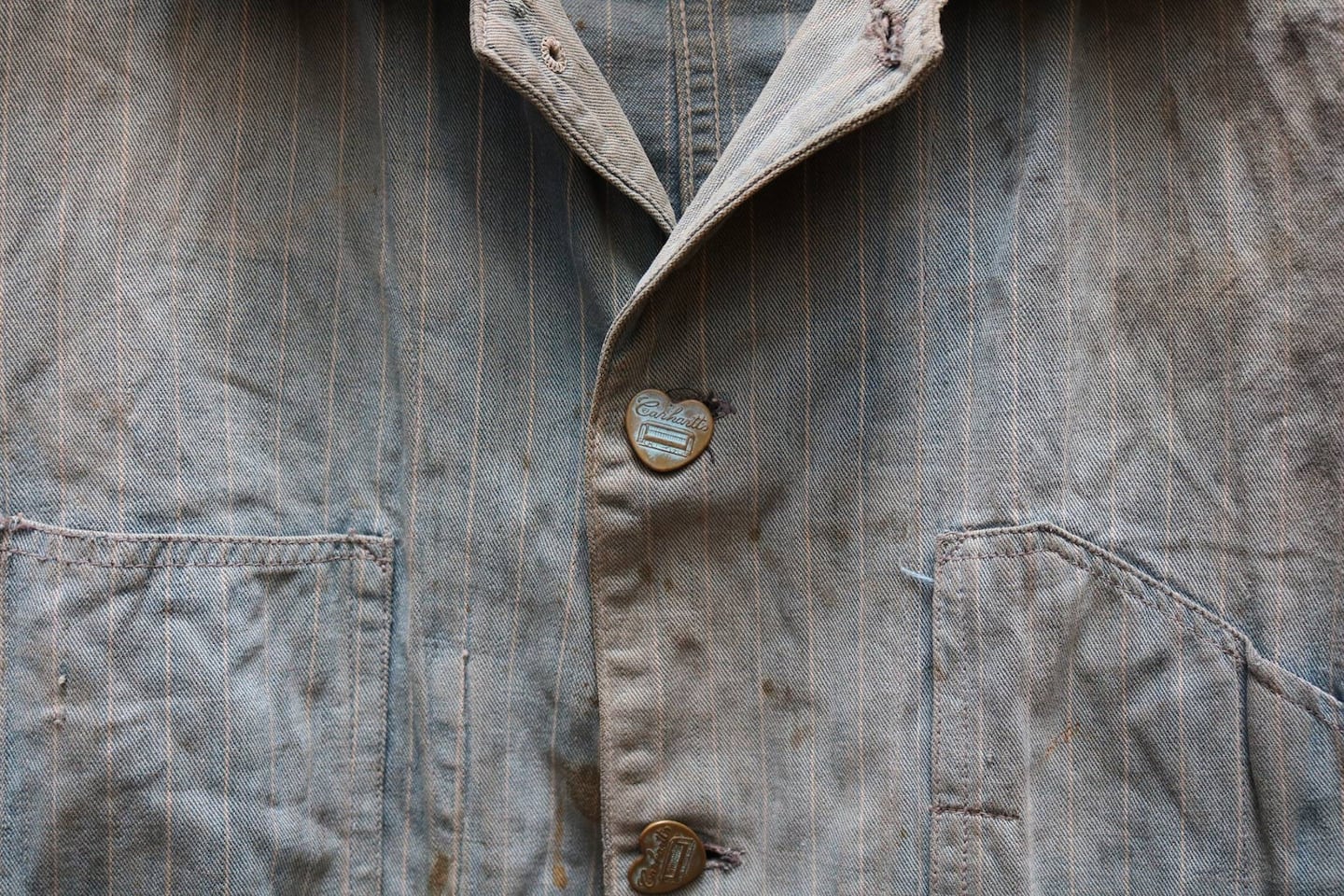
The Business of Fashion
Agenda-setting intelligence, analysis and advice for the global fashion community.

Agenda-setting intelligence, analysis and advice for the global fashion community.

GREENSBORO, United States — Coveralls and painter's pants are trouncing haute couture.
As teen fashion, women's lingerie and menswear all struggle to maintain sales growth, one segment of the apparel business is showing surprising strength this year: industrial workwear. VF Corp.'s $820 million acquisition of Dickies parent Williamson-Dickie Manufacturing Co., which also makes hospital garments, is the latest sign of health in the $30 billion global market for workwear.
With the US labour market adding workers at a solid pace, President Donald Trump vowing to increase spending on infrastructure, and uniformed professions like health care booming, VF is trying to consolidate a fragmented but growing industry. The career-apparel market is dominated by closely held companies like Dickie, Carhartt Inc. and Red Wing Shoe Co., as well as publicly traded Duluth Trading Co. and Wolverine World Wide Inc.
"They're making a bet that there's going to be more factories plus more employees," said Chen Grazutis, an analyst at Bloomberg Intelligence. "That equals more uniforms. The health-care industry is heavy with need for uniforms."
ADVERTISEMENT
The deal, announced Monday, supplements VF’s current portfolio of work gear, including clothing from Wrangler and shoes from Timberland. Sales in the category rose 8 percent last quarter, outpacing sportswear and fashion denim. Timberland’s Pro business for blue-collar workers grew 20 percent. The acquisition will also allow VF to expand the Dickies brand to a broader fashion consumer, chief executive officer Steve Rendle said in an interview.
“We see the chance to take the authenticity of the Dickies brand and elevate that to bring this brand to greater life,” Rendle said.
SoHo Sales
Workwear’s appeal isn’t limited to blue-collar and service workers. Carhartt’s Work In Progress line sells upscale versions of its industrial attire online and in a boutique in Manhattan’s fashionable SoHo neighbourhood, including jackets for $228. Paired with jeans or even canvas Dickies and work boots, they’re being snapped up by people buying into the utilitarian, Americana trend in street style.
Brian Yarbrough, an analyst at Edward Jones, cited the appeal of the Dickies brand among hip-hop artists and fans.
“Could they grow that? Of course, they could,” he said. “They’ve done a good job with that at Vans and Timberland.”
Vans Deal
Rendle compared the Williamson-Dickie purchase with the acquisition of Vans in 2004, when the brand was a $300 million business catering to skaters and surfers. Now, Vans is VF’s largest and fastest-growing line, with $2.5 billion in annual sales and global revenue that rose 8 percent in the second quarter.
ADVERTISEMENT
The workwear segment doesn’t have the same fashion risk as other categories, Yarbrough said. “Over the long term, it’s been a good business for VF — it has some of their largest margins. Combine that with the fact that it’s a really fragmented business.”
That added growth would help Greensboro, North Carolina-based VF. The company’s jeans wear division, which in addition to Wrangler includes Lee, saw revenue decline 5 percent last quarter. Sportswear, which includes Nautica, fell 1 percent. Those declines were offset by a 5 percent global sales increase at North Face and 2 percent global growth at Timberland.
VF shares gained 3.1 percent to $63.50 on Monday in New York. The stock, which slid at least 14 percent in each of the past two years, has rebounded in 2017. It was up 19 percent this year through the close of trading.
Williamson-Dickie, a family owned business founded in 1922 in Texas, will add more than $1 billion in revenue by 2021, VF said. The company has a presence in more than 100 countries and 400 retail stores globally. Grazutis said the acquisition makes sense for VF, citing the fragmentation of the workwear segment.
“The larger players can get a lot of traction in the industry,” he said.
By Lindsey Rupp; Editor: Nick Turner, Mark Schoifet.
From analysis of the global fashion and beauty industries to career and personal advice, BoF’s founder and CEO, Imran Amed, will be answering your questions on Sunday, February 18, 2024 during London Fashion Week.
The State of Fashion 2024 breaks down the 10 themes that will define the industry in the year ahead.
Imran Amed reviews the most important fashion stories of the year and shares his predictions on what this means for the industry in 2024.
After three days of inspiring talks, guests closed out BoF’s gathering for big thinkers with a black tie gala followed by an intimate performance from Rita Ora — guest starring Billy Porter.